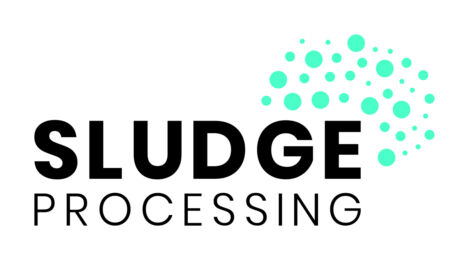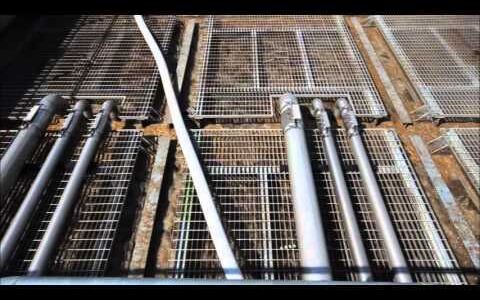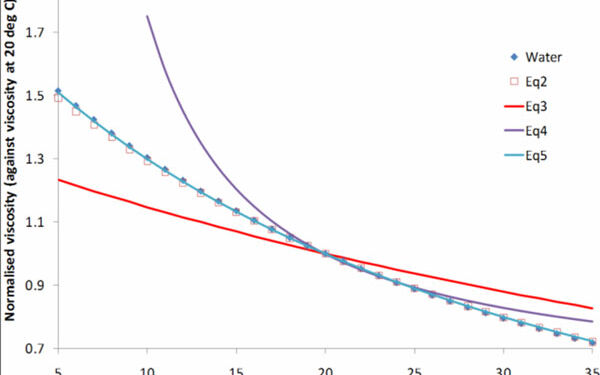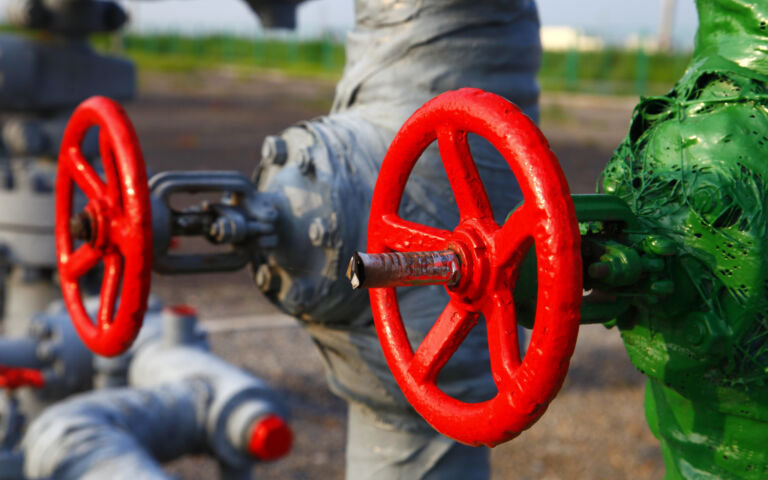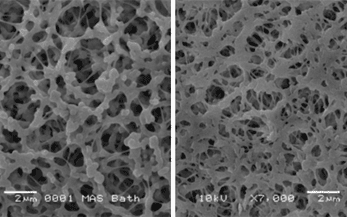Key MBR operation and maintenance parameters – membrane side

Flux, TMP, permeability and shear
The most important parameter of an MBR system is the flux, the volume of permeate generated per unit area of membrane per unit time. This means that it takes SI units of m3/(m2.s), or simply m/s. However, it is normally assigned units of litres per square metre hour (LMH), US gallons per square foot per day (GFD), or metres per day (m/d), where 1 LMH = 0.589 GFD = 0.024 m/d). MBRs generally operate at fluxes between 10 and 150 LMH, depending largely on the membrane and separation process configuration and the feedwater quality.
When water flows through the membrane, the resistance to flow increases, due to membrane surface ‘fouling’ and membrane channel ‘clogging’, resulting in an increase in the transmembrane pressure (TMP). The pressure can be recorded in bar, kPa or psi, where 1 bar = 100 kPa = 14.5 psi.
The ratio of the flux to TMP is then referred to as the ‘permeability’ which normally takes the most convenient units of LMH/bar. In the US, permeability is often termed ‘specific flux’ and takes Imperial units of GFD/psi. The permeability provides an indication of the state of the membrane and/or the module.
The membrane permeability steadily decreases during operation and has to be restored by cleaning. Cleaning reduces the overall output per unit time because:
- the membranes are not in operation when they are being cleaned (i.e. there is ‘downtime’), and
- in the case of backflushing some of the permeate water is used to clean the membrane.
The overall ‘net flux’ is therefore always lower than the operational flux, and is given by:
where Jb is the backflush flux (at 1−1.5 times the operating flux), tp is the cycle time for physical clean, and τp is the duration of physical clean.
It is often the case that the peak flux has to be taken into account. This is associated both with peak inlet flows to the works, such as following rainfall, and when one of the membrane trains is taken off line, often for cleaning. So, if there are four trains and one is taken off line for cleaning, the remaining three lines receive all the flow and so the flux increases by 33% during this period.
The flux relies on the generation of shear (see Immersed vs sidestream MBRs − flux and shear). Shear is produced either through pumping the sludge at pressure through horizontal membrane channels (as in classical sidestream MBRs) or by air-lifting it through vertical membrane channels (as with immersed systems and sidestream air-lift MBRs).
For sidestream MBRs, the shear relates to the ‘crossflow velocity’, or CFV, which is the flow rate in m3/s per unit cross-sectional area in m2.
Membrane aeration of immersed systems is normally achieved via coarse bubble aerators positioned beneath the membrane units. The air bubbles then generate shear as they travel upwards past the membrane surface, and also serve to scour the membrane to help keep them clean.
The aeration demanded for membrane scouring can be normalised to produce the ‘specific aeration demand’ (SAD − see Aeration costs). Normalisation can be either against the membrane area (SADm, taking units of Nm3/(m2.h)) or against the permeate volume (SADp, Nm3/m3).
Key MBR operation and maintenance parameters – membrane side
Finally, for immersed systems the membrane is normally placed in a tank separate to the biological (process) tank. The ratio of the rate at which the sludge is recirculated between the two tanks and the rate at which the permeate is discharged is normally defined in terms of the permeate flow Q. So, if the recirculation flow is three times the permeate flow, then it is defined as 3Q.
When the sludge is filtered in the membrane tank the solids are left in the tank, increasing the solids concentration. The higher the Q value, the lower this increase in concentration. So, if operated at 3Q, the membrane tank solids return line concentration is 50% higher than that in the biological tank. At 5Q, it is 25% higher.
Immersed MBRs are normally operated at 4−5Q to limit the accumulation of solids in the membrane tank.




